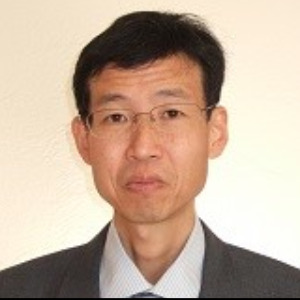Transmission Electron Microscopy
Transmission Electron Microscopy (TEM) is a powerful analytical tool that enables scientists to observe extremely small objects in great detail. TEM has a wide range of applications in the fields of physics, chemistry, biology, materials science, and medicine. TEM works by using a beam of highly energetic electrons to obtain images of very small objects, such as atoms and molecules. It allows for the observation of structural features at the nanometer scale, such as the shapes and sizes of viruses, bacteria, and other cells. TEM also enables scientists to study the composition of materials at the atomic level, as well as the chemical and physical properties of materials. TEM is a very powerful tool for studying the physical and chemical properties of materials, as it can provide detailed information about the structure and composition of materials. Additionally, TEM can be used to identify defects in materials, as well as to measure the mechanical properties of materials. It can also be used to investigate the physical and chemical properties of biological tissues, such as the structure of protein molecules, the arrangement of cells in tissues, and the distribution of enzymes within cells. TEM is a type of electron microscope that uses a beam of electrons instead of light to obtain images of extremely small objects. The beam of electrons is generated by an electron gun, which is a device that produces an intense beam of electrons that are focused on the sample. The electrons are then scattered by the sample and detected by a detector, which produces an image of the sample. The image is then processed and analyzed by software, which can be used to study the sample in great detail.

Harry Ruda
University of Toronto, Canada
Raman Singh
Monash University, Australia
Paulo Cesar De Morais
Catholic University of Brasilia, Brazil
Xiao Hong Nancy Xu
Old Dominion University, United States
S V A R Sastry
Harcourt Butler Technical University, India
Vinayak Adimule
Angadi Institute of Technology and Management, India



Title : 40,000 implants in humans and no failure: The impact of nanomedicine
Thomas J Webster, Hebei University of Technology, China
Title : Cellulose-derived biochar modified with iron oxide and ZnO nanoparticles by a novel one-step pyrolytic method for removal of emerging contaminants from water
Rashad Al Gaashani, Hamad Bin Khalifa University, Qatar
Title : Harnessing the unique properties of engineered nanostructures for sensing
Harry Ruda, University of Toronto, Canada
Title : Circumventing challenges in developing CVD graphene on steels for extraordinary and durable corrosion resistance
Raman Singh, Monash University, Australia
Title : Nano DAP augments productivity, phosphorus use efficiency, and profitability of spring wheat in India
Binaya Kumar Parida, Coromandel International Ltd, India
Title : Lipid nanoparticles formulations: From bench scale to industrial scale
Mohammad A Obeid, RAK Medical and Health Sciences University, United Arab Emirates